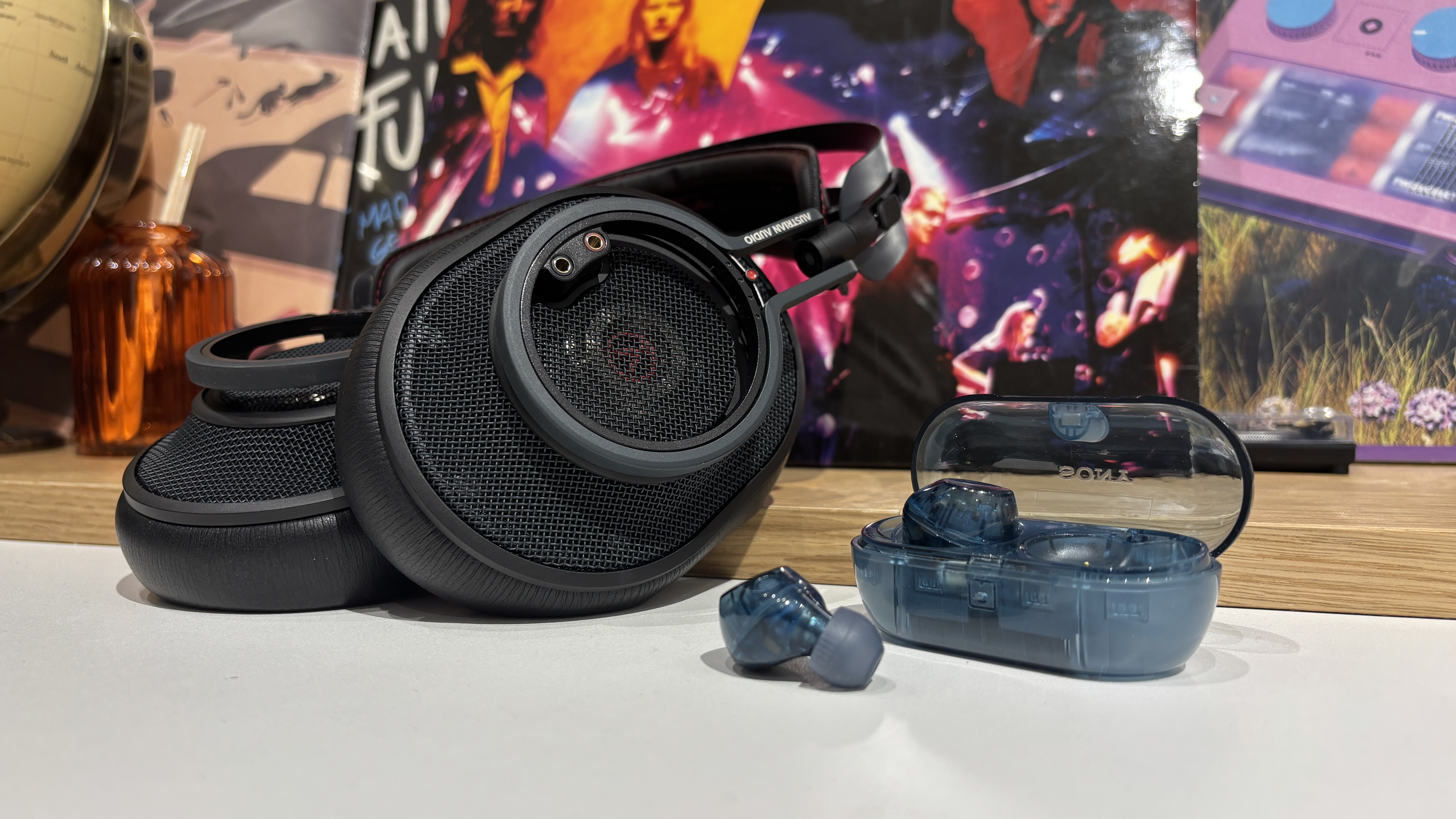What Hi-Fi? Verdict
The iPhone 12 Pro Max is the biggest and best iPhone ever made, but it is now only marginally better than the standard iPhone 12
Pros
- +
Huge, beautiful screen
- +
Surprisingly capable speakers
- +
Excellent sound via headphones
Cons
- -
Marginal gains over iPhone 12
- -
No bundled charger
Why you can trust What Hi-Fi?
The iPhone 12 Pro Max is the best phone that Apple has made. It has the biggest and best screen, the best camera and the longest-lasting battery. So that’s the review over, right? Not quite.
No phone lives in a vacuum, and while the iPhone 12 Pro Max sits at the pinnacle of the current iPhone range, the competition is better than ever, particularly if picture and sound quality are of paramount importance. What’s more, Apple’s own iPhone 12 has gained an OLED screen, eliminating one of the key differentiators between the standard and Pro iPhones of previous years.
But, while the iPhone 12 Pro Max is the best phone Apple has made, that doesn’t necessarily make it the phone you should buy.
Price
The iPhone 12 Pro Max is priced from £1099 ($1099, AU$1849). That gets you the standard 128GB model, with 256GB and 512GB versions available for £1199 ($1199, AU$2019) and £1399 ($1399, AU$2369) respectively.
The cheapest version of the iPhone 12 Pro Max is just £100 ($100, AU$250) more expensive than the smaller iPhone 12 Pro, but a whopping £300 ($300, AU$500) more than a standard iPhone 12, which now has an OLED screen of its own.
Features
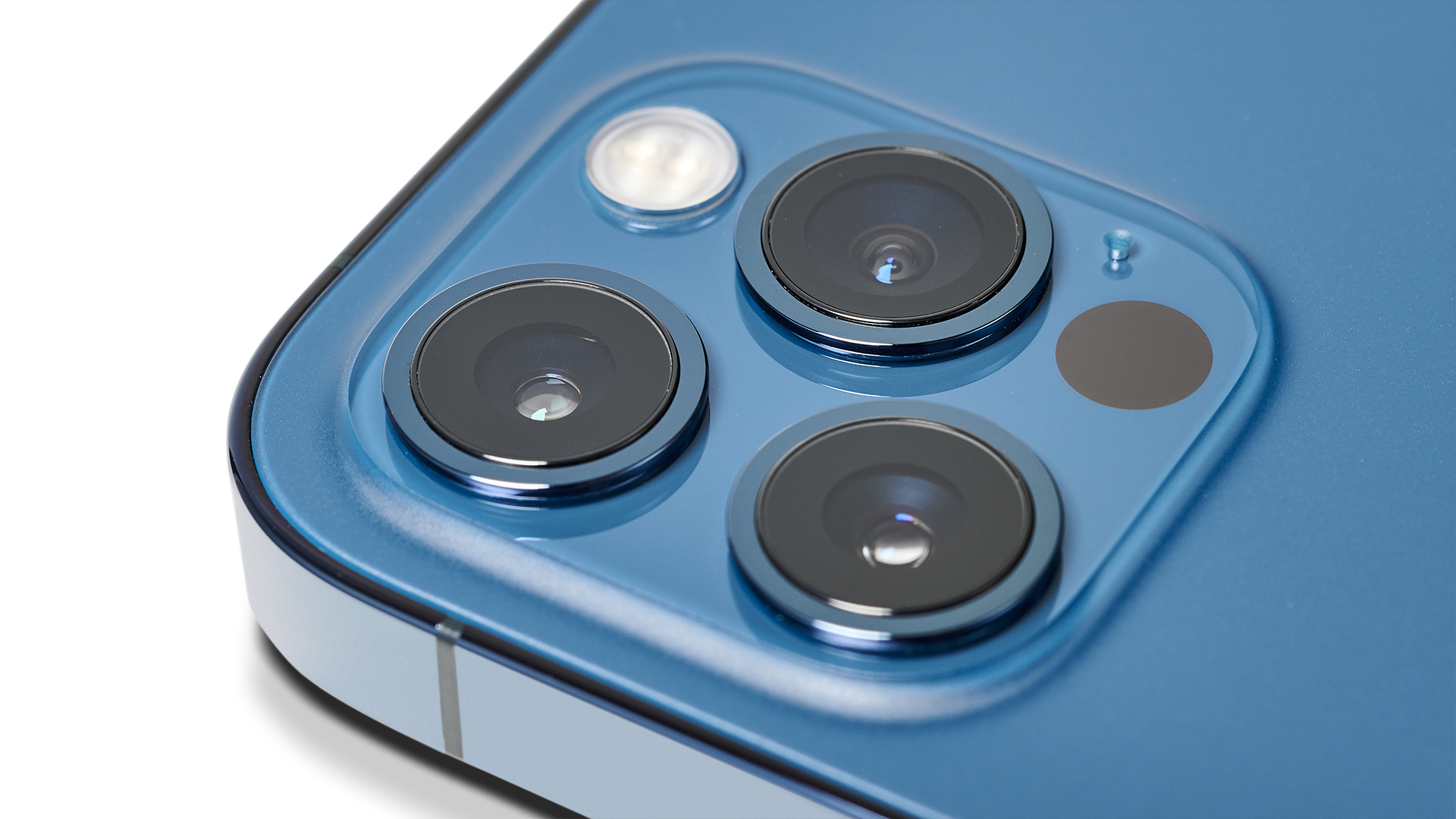
Apple describes the straight-edged design of the iPhone 12 Pro Max as ‘all-new’, but it is reminiscent of older models such as the iPhone 4. Regardless, it is lovely to behold, with its stainless steel edges and textured matte back glass giving it a premium look and feel.
It feels weighty and solid, too, and it's easier to grip, despite being marginally taller and wider (but also thinner) than the iPhone 11 Pro Max it replaces. Those straight edges make it slightly less comfortable to hold, but not to a great extent.
Despite the phone having grown just 2.8mm in height and 0.3mm in width, a thinning of the bezels has allowed for a screen that’s 0.2in bigger on the diagonal than that of its predecessor. This new screen uses what Apple calls a ‘Ceramic Shield’, which it claims is tougher than any other smartphone glass. The iPhone 12 Pro Max is IP68 rated, so is water-resistant at depths of up to 6m for up to 30 minutes.
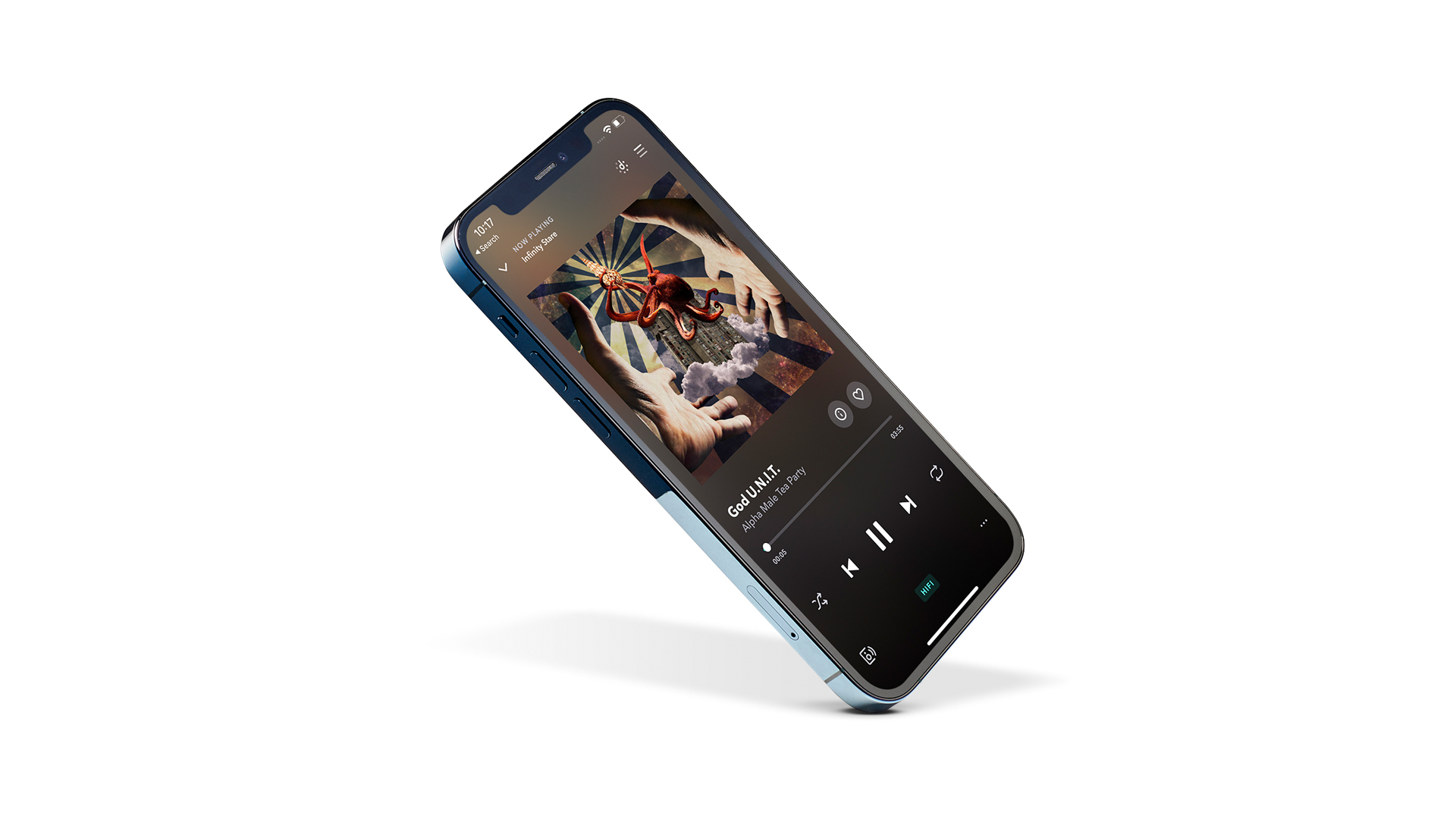
Display 6.7in OLED
Resolution 2778 x 1284 (458ppi)
Front camera 12MP
Rear camera 12MP Ultra Wide, Wide, Telephoto
Operating system iOS 14
Storage 128GB, 256GB, 512GB
Arguably the biggest news is that new screen which, at 6.7in, is the largest to ever grace an iPhone. It’s also the brightest, with Apple claiming it reaches peaks of 1200 nits, with an average output of 800 nits.
This year, you don’t need to buy a Pro in order to get an OLED screen, as the standard iPhone 12 has one, too, but its typical brightness is rated at a lower 625 nits. The largest iPhone 12 has only a 6.1in display. Dolby Vision, HDR10 and HLG are now supported across the entire range, and there’s plenty available to watch in HDR, including on Netflix and the Apple TV app.
You can even now record your own video in Dolby Vision – the iPhone 12 and 12 Pro are the first smartphone cameras with such a feature. Choose the Pro or Pro Max and recording can be done at 60fps rather than a maximum of 30fps.
The Pro models also boast an extra, telephoto lens that adds an optical zoom to the impressive suite of camera features. The Pro Max’s telephoto lens has a larger aperture than that of the non-Max Pro model, allowing it to capture more light. As well as the impressive camera hardware, the iPhone 12s also use features called ‘Deep Fusion’ and ‘Smart HDR 3’ to enhance detail and HDR highlights respectively.
The iPhone 12 Pro Max takes superb photos, but you’d have to be a camera enthusiast to get the most out of it, especially if you do a lot of night-time photography. The iPhone 12 Pro and 12 Pro Max add a LiDAR scanner that improves low-light autofocus and allows bokeh portraits to be taken in Night Mode.
The new A14 Bionic chip, which also powers the standard iPhone 12 and 12 Pro models, is lightning fast, making the iPhone 12 Pro Max incredibly slick, snappy and frictionless in use. These new iPhones are the first to get 5G compatibility, making for faster data connections for those with an appropriate contract and coverage.
The iPhone 12 Pro Max also has a bigger battery than the iPhone 12 Pro or standard iPhone 12. Apple claims it lasts for up to 20 hours of video playback, compared with 17 hours for the other models. Indeed, during testing, we didn’t manage to fully empty the battery in a single day of use.
Much has been made of the fact that none of the new iPhones come bundled with a charger. If you don’t already have one, there are a number of options available, from the super-fast Apple 20W wired charger (£19, $19, AU$29), to various wireless charging options and even chargers that use the new MagSafe feature, which allows various accessories to be connected to the rear of the phone using magnets.
Screen
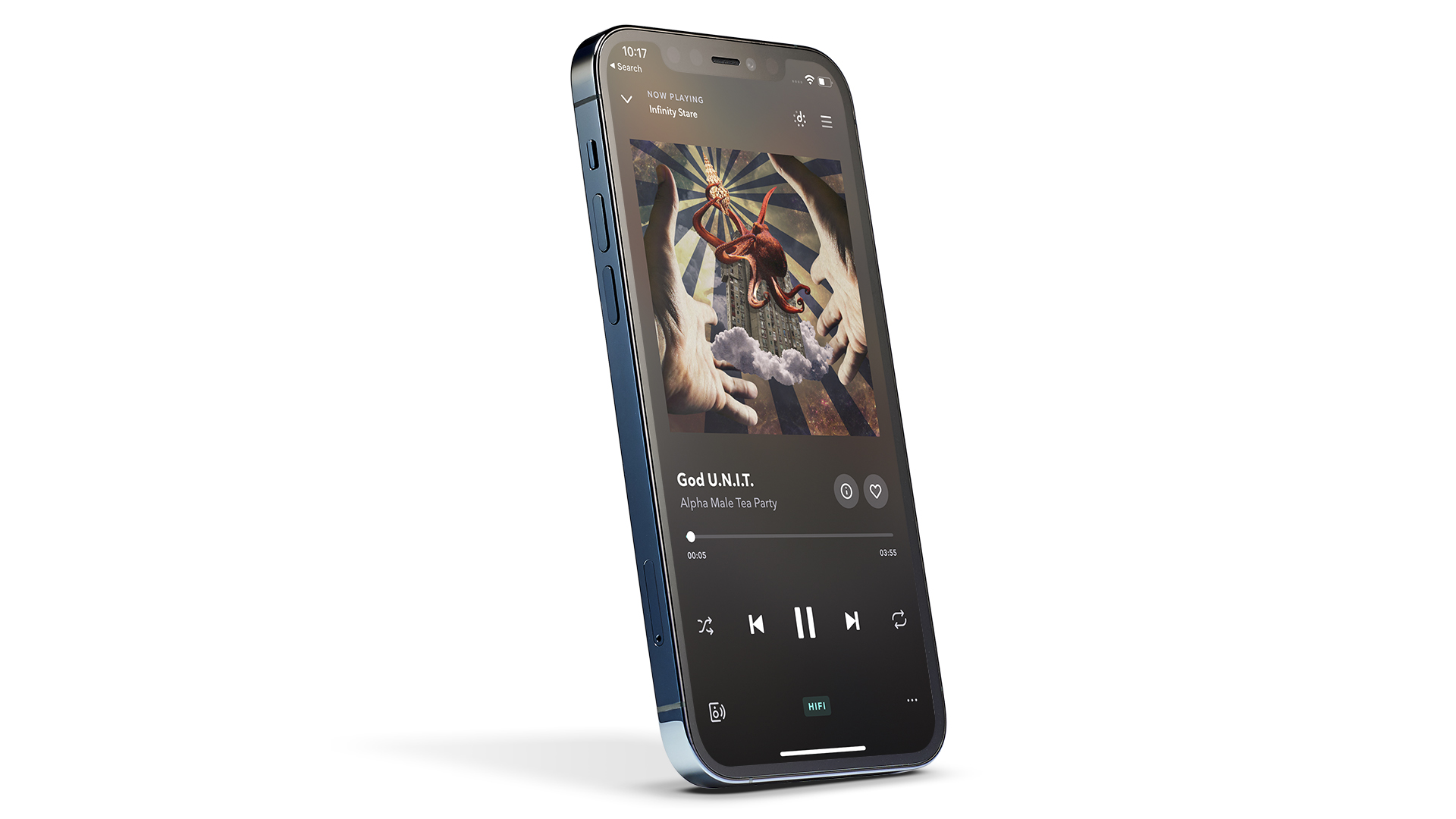
iPhones have long been consummate picture performers and, as we play It from the Apple TV app, it immediately becomes clear that the 12 Pro Max doesn’t buck the trend. This Dolby Vision film is streamed in strikingly cinematic fashion, with deep blacks, super-crisp edges and oodles of detail. But it’s not a night-and-day improvement on the iPhone 11 Pro Max it replaces. You appreciate the extra 0.2in more than you might expect, and there’s a slight increase in colour vibrancy, but this is a similar presentation overall.
However, the fact that the standard iPhone 12 is the first of its kind with an OLED screen presents something of an issue. Playing Lost In Space on Netflix, we can see that the gap between the standard and Pro models has never been narrower. The Pro Max has a larger screen, making for a much more cinematic experience, but the standard iPhone 12 delivers a more crisply defined image, due to its more compact dimensions. All things being equal, we’d choose the 12 Pro Max’s viewing experience, but the extra cost is hard to justify on picture performance alone.
It’s also interesting to compare the iPhone 12 Pro Max to the Award-winning Sony Xperia 1 II, which has a 21:9 display that makes for a bigger and more authentically cinematic presentation with the right material. Playing Dredd from Netflix (in Full HD and SDR), the Sony also proves to be the punchier, more vibrant and sharper performer, as well having a more neutral colour balance. If you’re open to the idea of switching to Android, the Xperia 1 II is worth trying out.
Sound
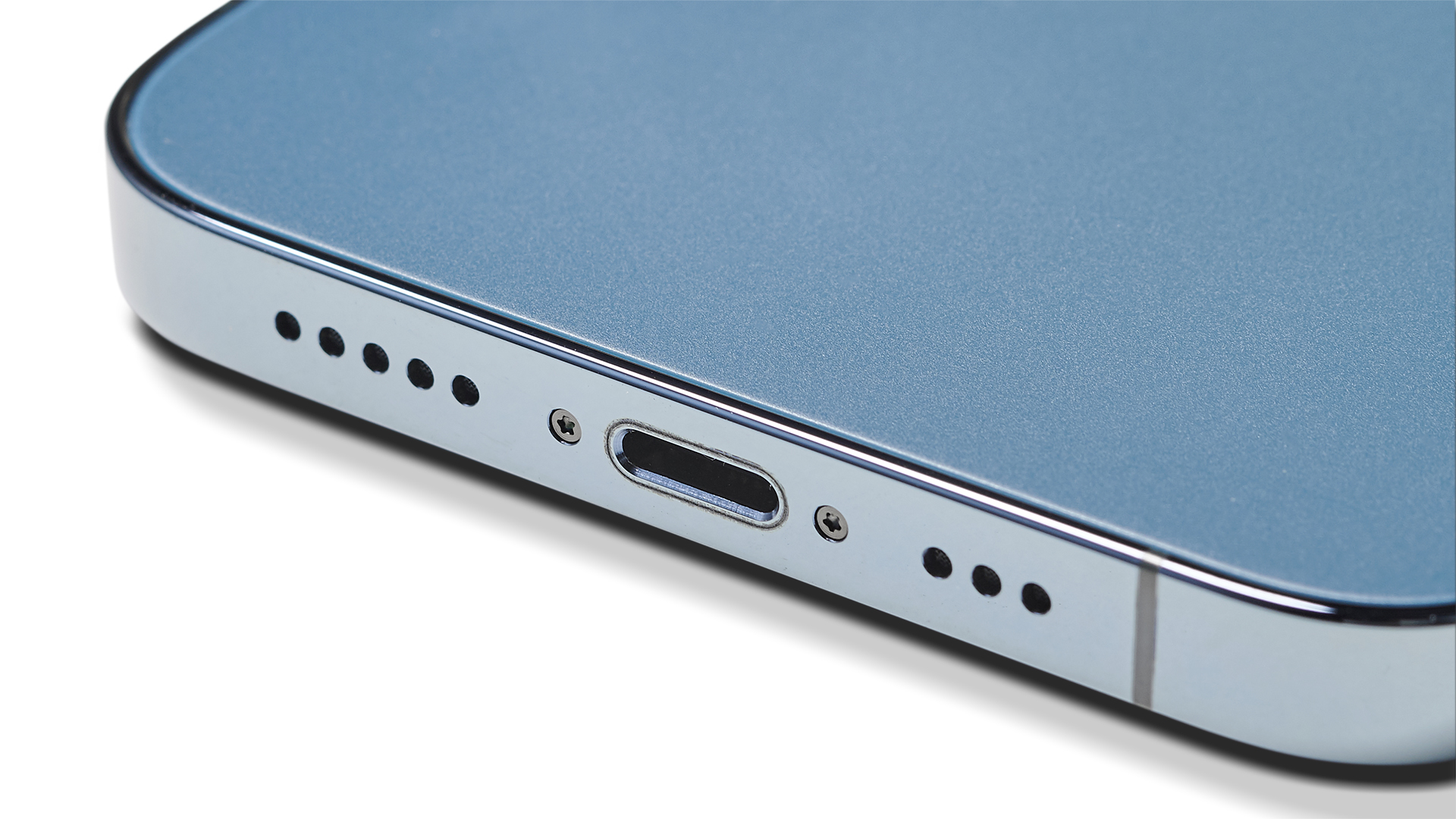
For listening out loud, the iPhone 12 Pro Max is simply the best phone there has ever been. What Apple has achieved in terms of loudness, spaciousness and punch is impressive. A good Bluetooth speaker at the affordable end of the market will still beat it, of course, but the openness of the soundfield is particularly impressive when watching a film, and effects extend surprisingly far to the left and right of the screen.
Playing through a pair of headphones (you’ll need a separate dongle) and the good news continues. The iPhone 12 is an exceptionally musical device in its own right, and the 12 Pro Max sounds slightly fuller and smoother at the expense of just a touch of crispness. We’re talking fine margins here, and both phones offer that balance, authenticity and sense of fun for which Apple products are renowned.
Plug those same headphones into the Sony Xperia 1 II (which still has a dedicated socket) and there’s an immediate increase in intensity. That can be seen as a positive – you can’t fail to be engaged – but the iPhone 12 Pro Max’s richer and more open approach is just as appealing, particularly over long listening sessions.
Verdict
The iPhone 12 Pro Max is the best phone that Apple has ever made, with the biggest screen, the best speakers, the best camera and the biggest battery. But many of its upgrades over the iPhone 12 are minimal, and the fact that the standard iPhone now has an OLED display is another reason not to spend the extra.
In short, while the iPhone 12 Pro Max is well worth stretching to if you’re a keen photographer or videographer, the standard iPhone 12 is without a doubt the performance-per-pound pick of the current range – and more than enough phone for all but the most demanding of users.
SCORES
- Screen 5
- Sound 5
- Features 5
MORE:
Read our guide to the best smartphones
Read our Apple iPhone 12 review
Read our Sony Xperia 1 II review
What Hi-Fi?, founded in 1976, is the world's leading independent guide to buying and owning hi-fi and home entertainment products. Our comprehensive tests help you buy the very best for your money, with our advice sections giving you step-by-step information on how to get even more from your music and movies. Everything is tested by our dedicated team of in-house reviewers in our custom-built test rooms in London, Reading and Bath. Our coveted five-star rating and Awards are recognised all over the world as the ultimate seal of approval, so you can buy with absolute confidence.

